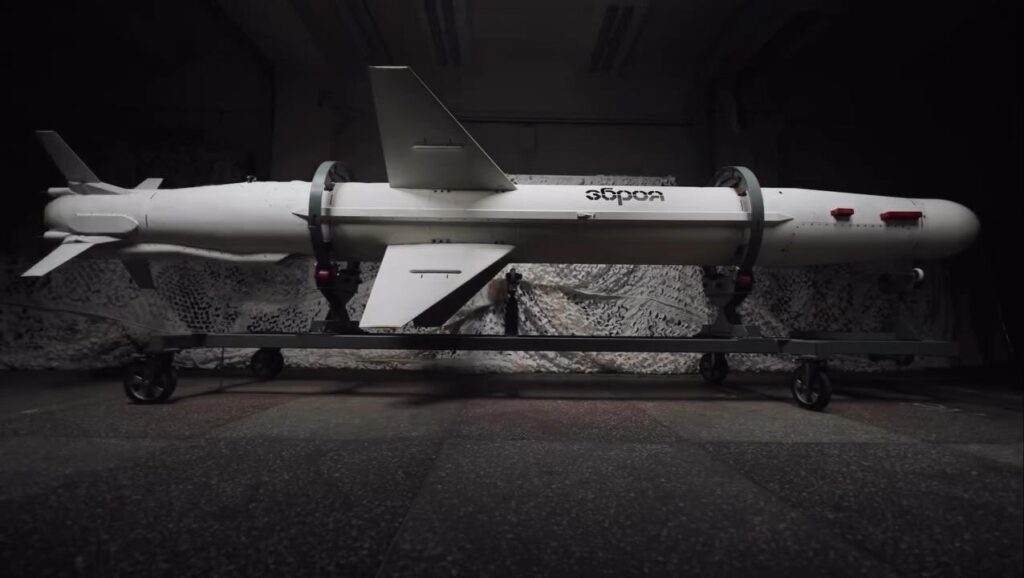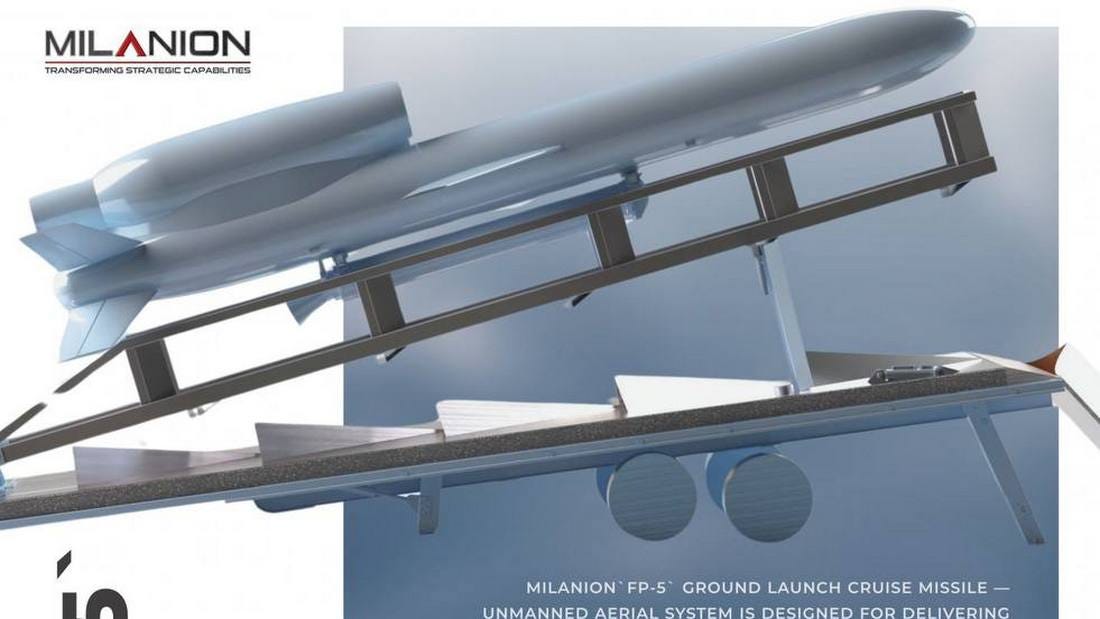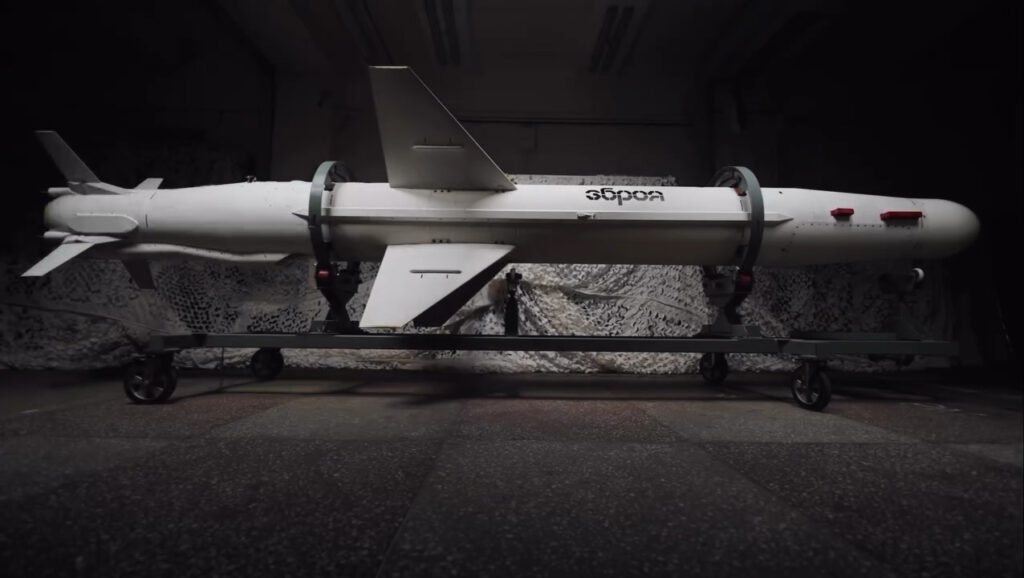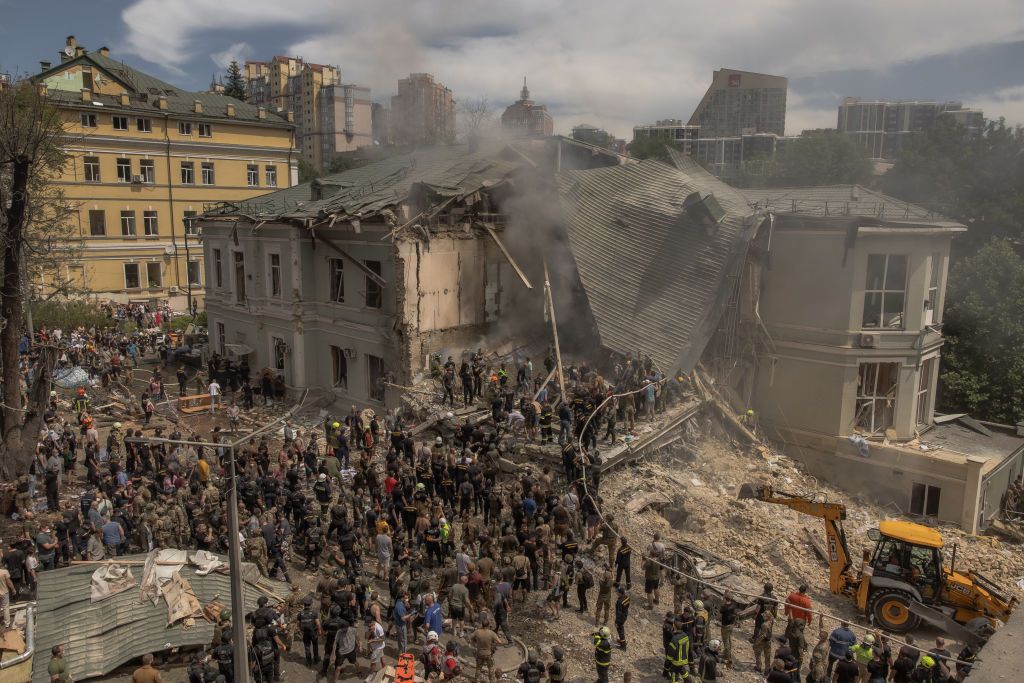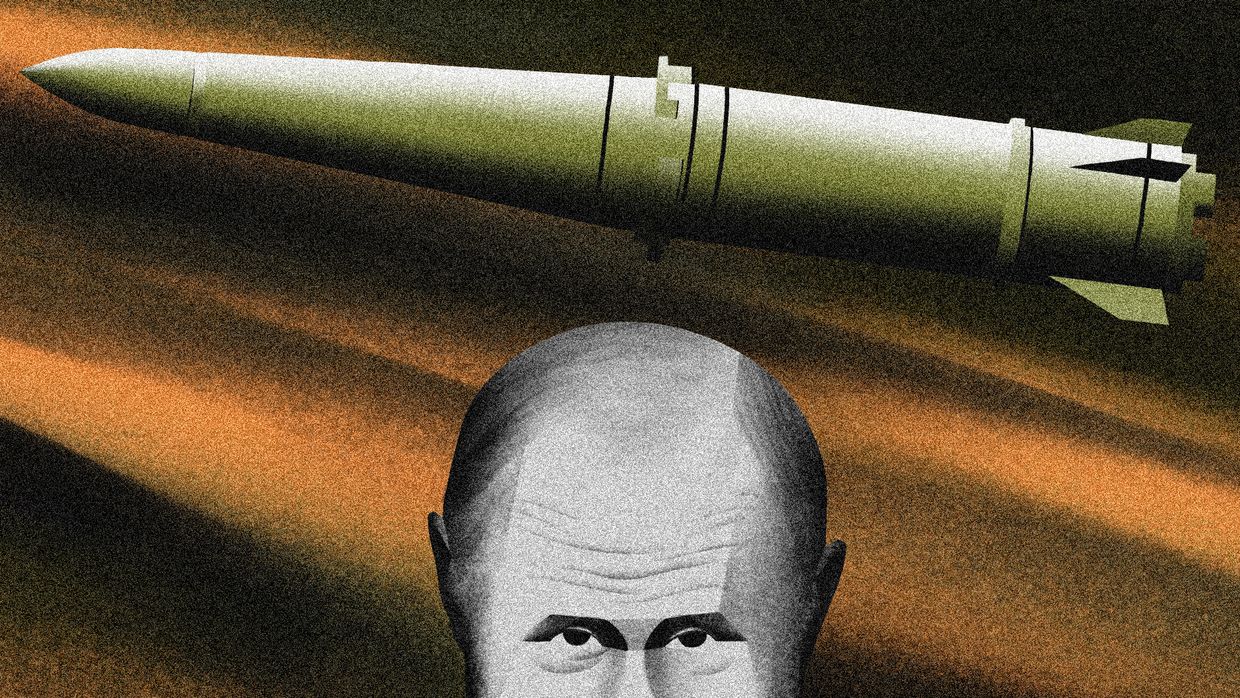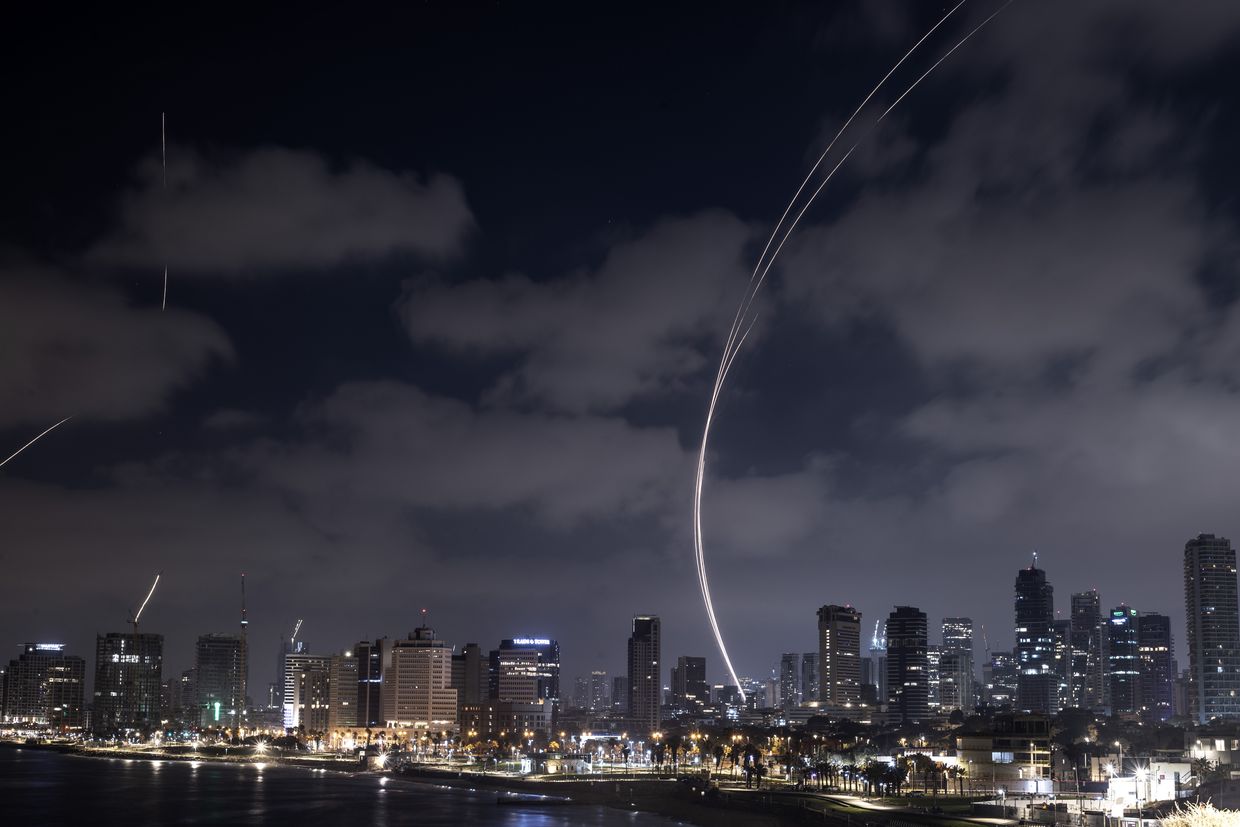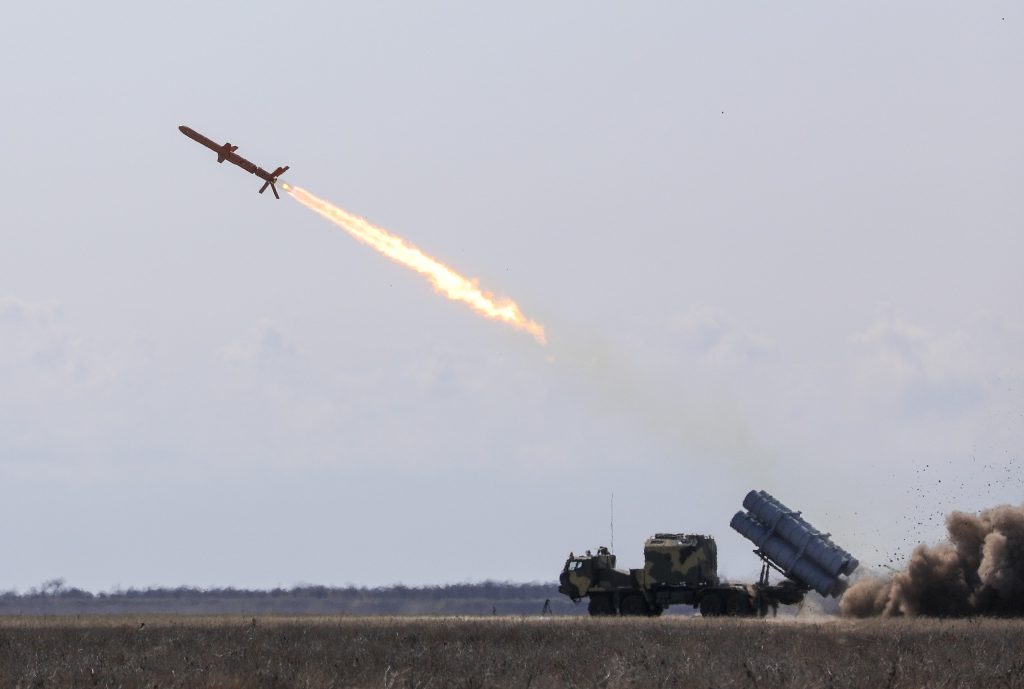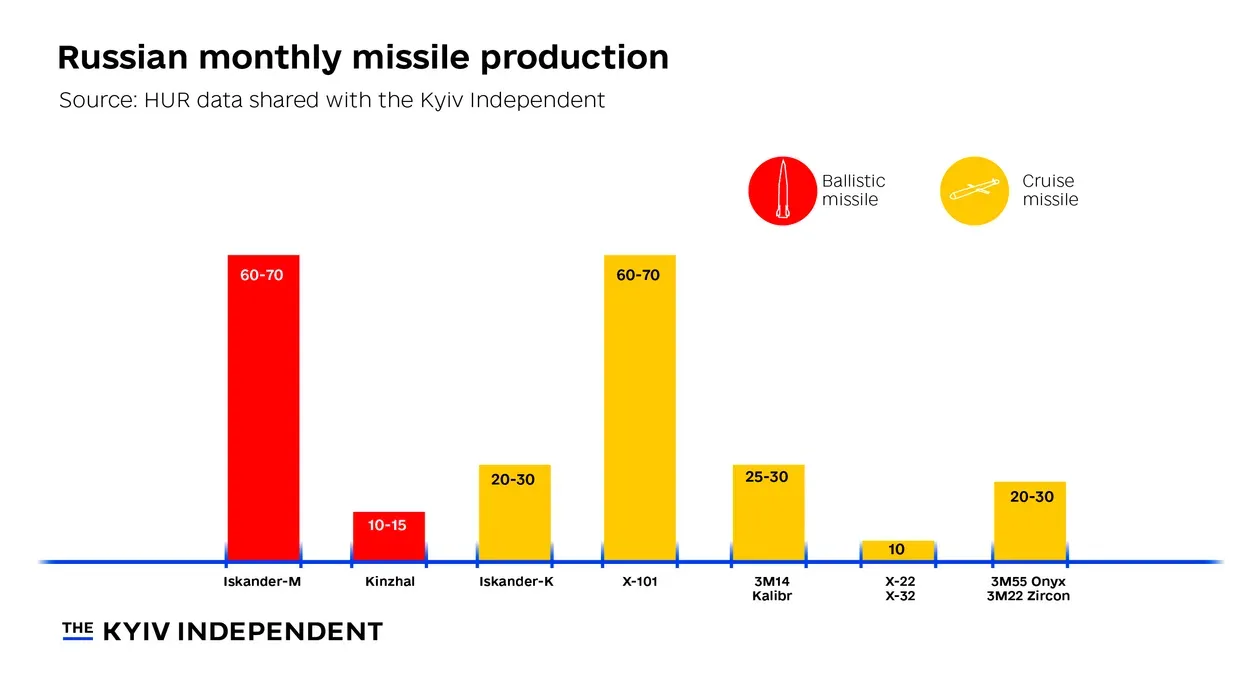Ukraine downs Russia’s rare cruise missile-capable heavy drone Orion in Kursk Oblast using interceptor UAV (video)

Ukraine confirmed on 14 September that its drone forces shot down a rare heavy Russian Orion UAV near the border in Kursk Oblast. The Orion is a cruise missile-capable heavy combat drone, rarely used by Moscow due to its limited availability and vulnerability to Ukrainian air defense, Militarnyi reports.
Ukrainian drone units intercept rare Orion UAV
According to the Commander of Ukraine’s Drone Systems Forces, Robert “Madyar” Brovdi, the 414th Separate Drone Systems Brigade successfully destroyed the Russian Orion drone using an interceptor UAV. This marked the first time the brigade brought down an Orion model, despite having previously intercepted nearly 1,500 enemy drones. These included various types such as Orlan, ZALA, SuperCam, Shahed, and Lancet, with larger targets like Merlin and Forpost among the most significant until now.
OSINT experts geolocated the interception site to the area around Tyotkino, in Kursk Oblast, Russia, just next to the Ukrainian border. The coordinates were confirmed as 51.2862, 34.3813. This location lies just across the border from Ukrainian territory.
A coordinated strike by multiple Ukrainian units
Before the final blow, the Orion UAV had already sustained damage from interceptor drones operated by Ukraine’s 95th Air Assault Brigade. The final strike was delivered by the Ptakhy Madyara team of the 414th brigade.
The Russian military has rarely deployed Orion drones in combat due to both their limited numbers and high susceptibility to Ukraine’s layered air defense network, Militarnyi noted.
Background on the Orion drone program
The Orion UAV was developed by the Kronstadt Group beginning in 2011. The first prototype was completed in 2015, with operational testing drones handed over in April 2020. Serial production began in August 2020.
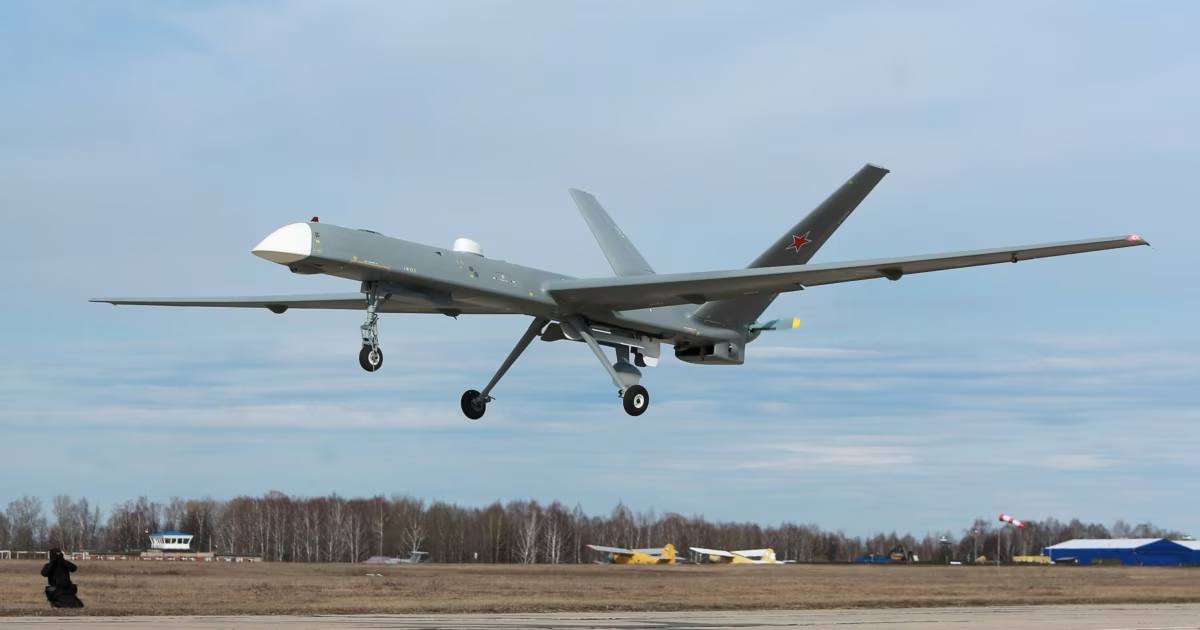
According to Militarnyi, Orion can be armed with guided munitions including Kh-50 missiles, KAB-20 bombs, and other types such as UPAB-50, KAB-50, FAB-50, and the Kh-BPLA missile. It is also capable of launching the compact S8000 Banderol cruise missile.
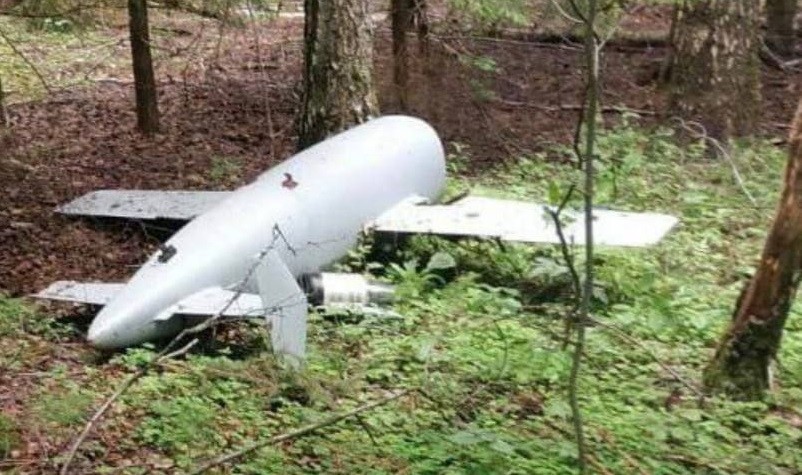
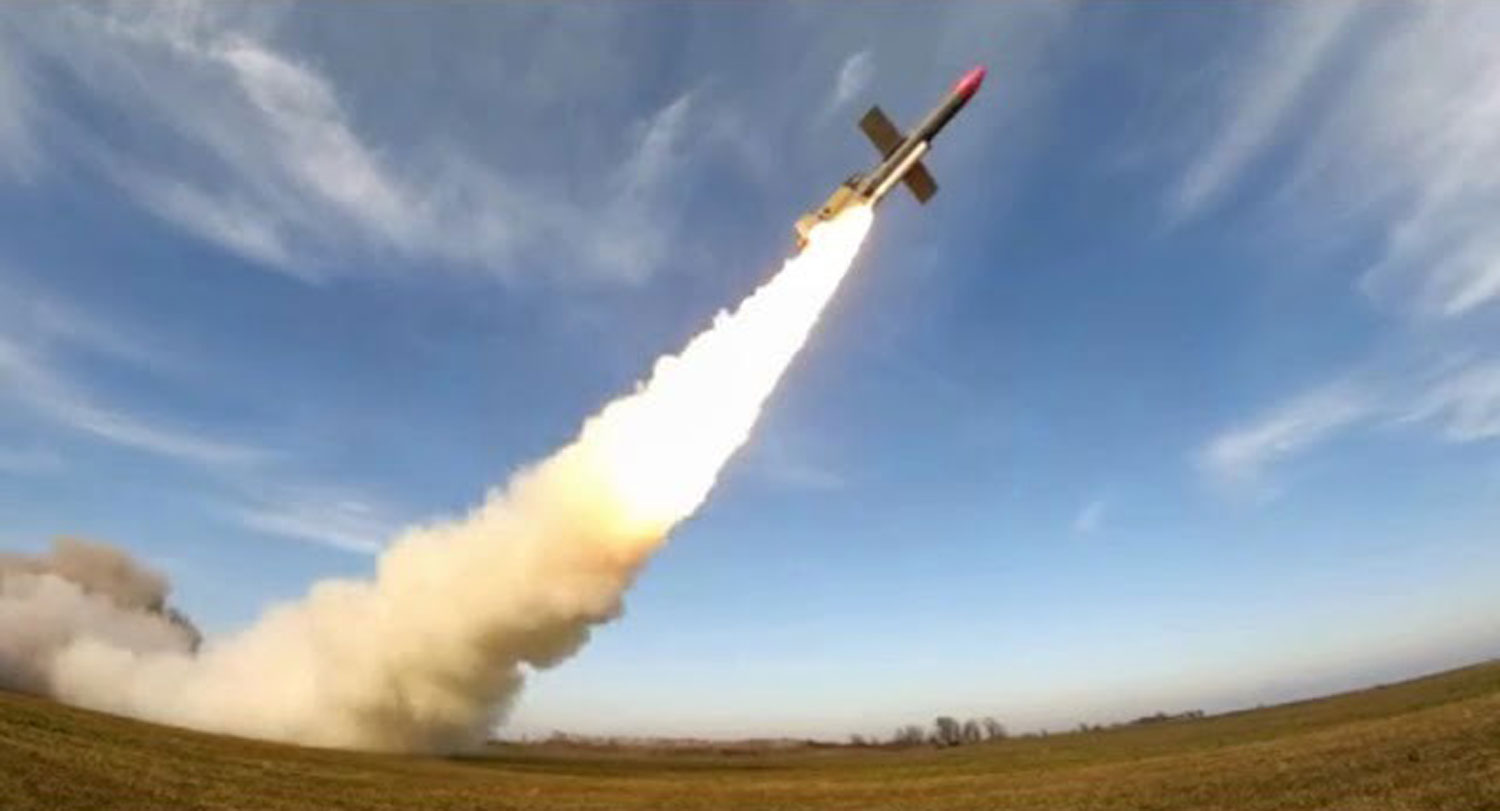

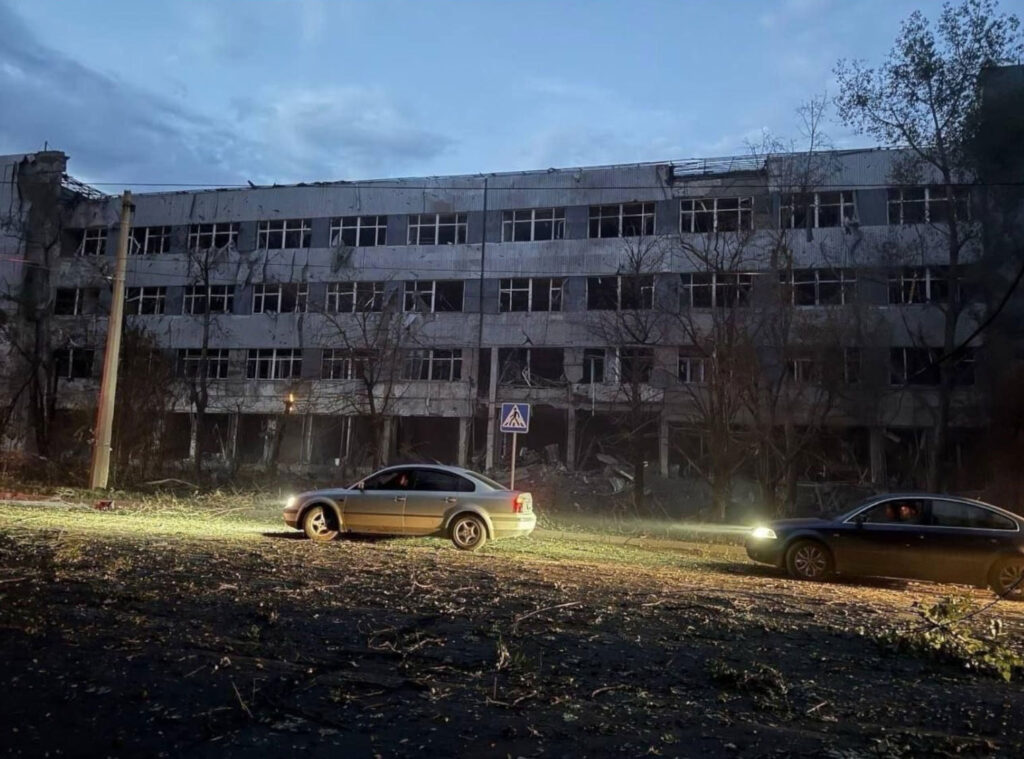
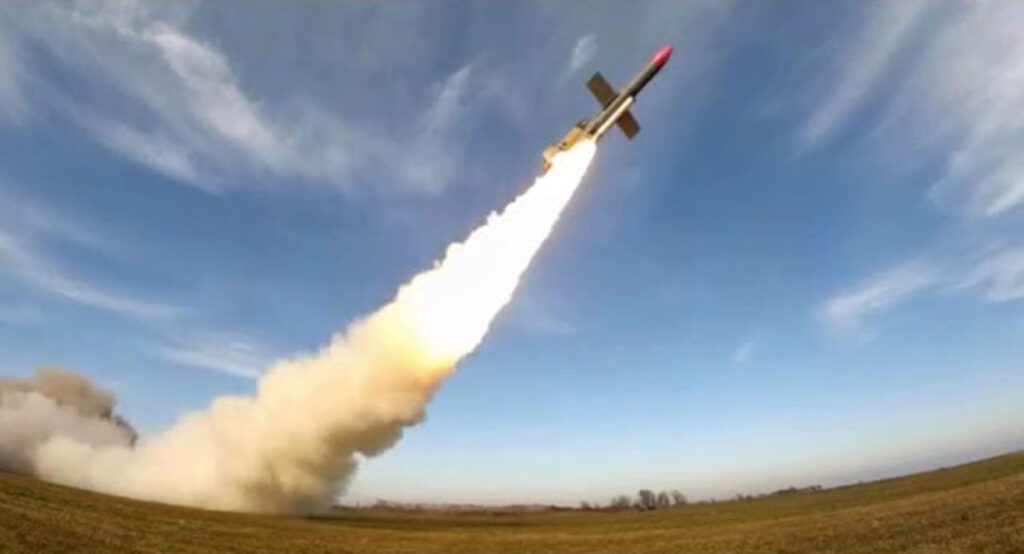

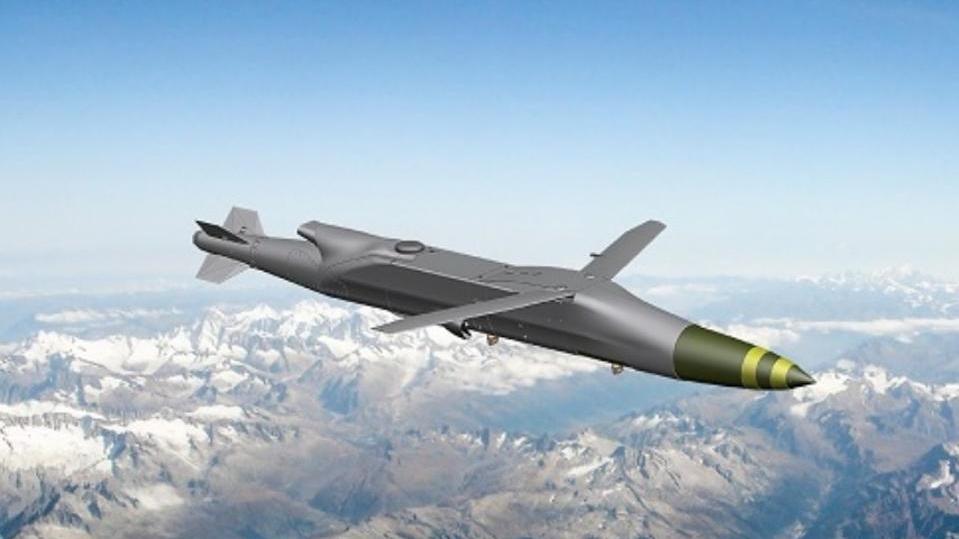

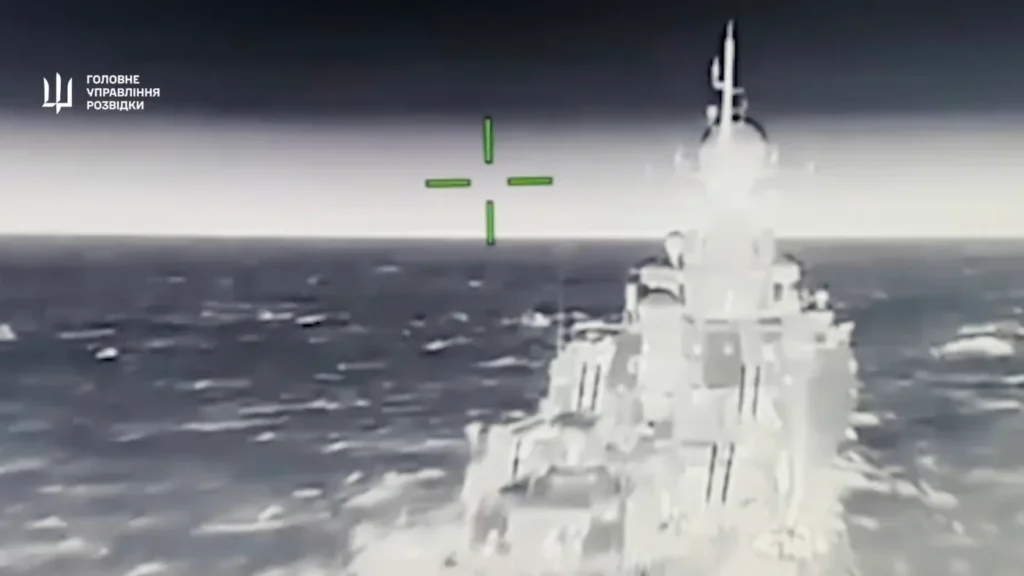
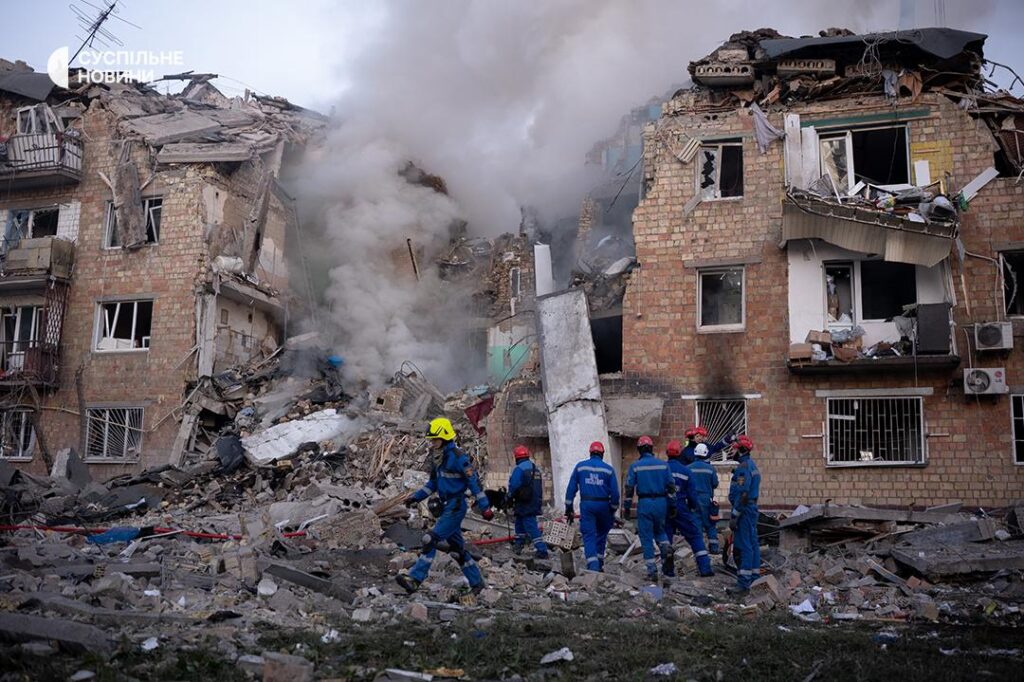

 (@NOELreports)
(@NOELreports) 